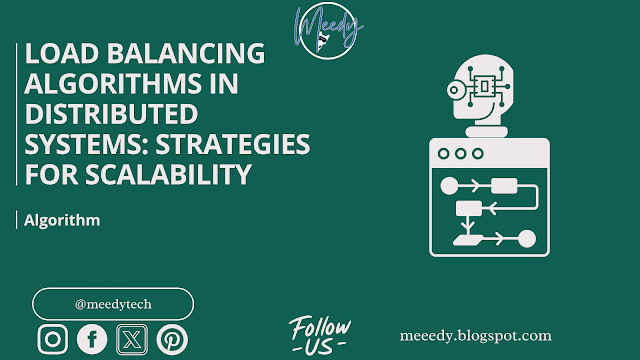Real-time data processing is a critical aspect of modern applications, enabling systems to analyze and act on data as it is generated. From IoT devices to financial trading platforms, real-time algorithms ensure that insights and actions are immediate. In this article, we explore key real-time data processing algorithms, their applications, and the challenges they address.
What Is Real-Time Data Processing?
Real-time data processing involves analyzing and responding to data as it arrives. Unlike batch processing, where data is processed in large chunks, real-time systems operate on individual or small groups of data points with minimal latency.
Key Algorithms for Real-Time Data Processing
Real-World Use Cases
Challenges in Real-Time Data Processing
-
Low Latency Requirements:Ensuring minimal delays in processing and response is critical for systems like financial trading or autonomous vehicles.
-
Scalability:Handling massive data streams while maintaining performance can strain system resources.
-
Fault Tolerance:Systems must remain operational even when components fail, ensuring no data is lost during processing.
-
Data Consistency:Real-time processing systems often rely on eventual consistency, which can lead to temporary discrepancies in data.
-
Complex Event Processing:Identifying patterns in multiple data streams requires advanced algorithms and significant computational power.
Comparison of Real-Time vs Batch Processing
| Feature | Real-Time Processing | Batch Processing |
|---|---|---|
| Data Handling | Continuous | Processed in batches |
| Latency | Low (milliseconds to seconds) | High (minutes to hours) |
| Use Cases | IoT, financial trading, healthcare | Historical analysis, data backups |
| Scalability | Requires dynamic scaling | Scales more predictably |
| Processing Complexity | Requires advanced algorithms | Handles simpler operations |
Technologies for Real-Time Processing
-
Apache Kafka:A distributed event streaming platform for handling high-throughput, low-latency data streams.
-
Apache Flink:A powerful real-time processing framework with built-in support for windowing and stream processing.
-
Spark Streaming:Extends Apache Spark for real-time data processing by converting data streams into mini-batches.
Summary
Real-time data processing algorithms enable immediate insights and actions in dynamic environments. From sliding windows for monitoring trends to event detection for anomaly identification, these algorithms power critical systems across industries like IoT, finance, and healthcare. While challenges like low latency and fault tolerance persist, advancements in frameworks and hardware continue to enhance real-time capabilities.













